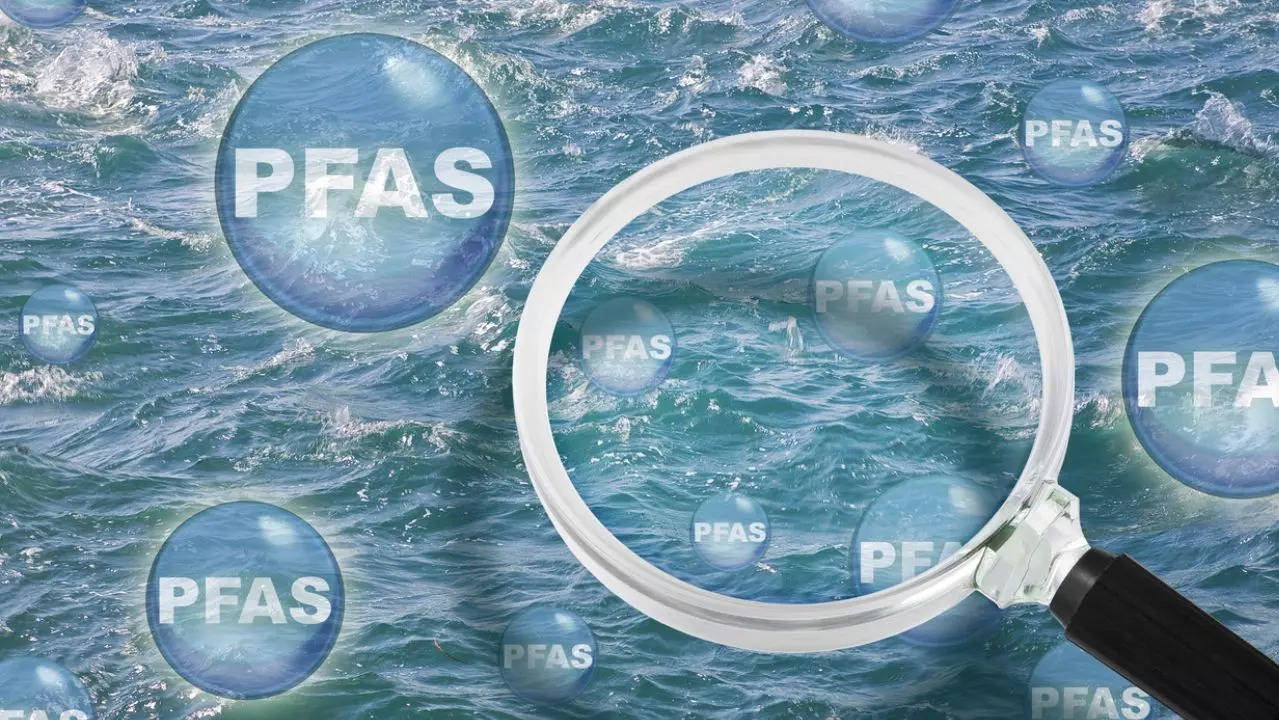The European Commission has proposed legislation requiring EU countries to do whole genome sequencing (WGS) during foodborne outbreaks. Officials said the plans would facilitate investigations into outbreaks and the timely detection of the source, which would limit the number of people sick and food recalls and withdrawals. Member states would… Continue Reading Food Policy & Law, World, European Centre for Disease Prevention and Control (ECDC), European Commission, European Food Safety Authority (EFSA), foodborne outbreaks, public consultation, whole genome sequencing (WGS) Food Safety News
The European Commission has proposed legislation requiring EU countries to do whole genome sequencing (WGS) during foodborne outbreaks.
Officials said the plans would facilitate investigations into outbreaks and the timely detection of the source, which would limit the number of people sick and food recalls and withdrawals.
Member states would be required to collect Salmonella, Listeria monocytogenes, E. coli, Campylobacter jejuni, and Campylobacter coli isolates from food, animal, feed, and related environmental samples from businesses and during official controls, where the isolates are suspected to be associated with a foodborne outbreak. They would also need to carry out WGS on those isolates.
EU countries would send the related results to the European Food Safety Authority (EFSA) that developed the One Health WGS system with the European Centre for Disease Prevention and Control (ECDC).
EFSA would be able to compare the results from WGS on isolates collected as required by the regulation with findings from WGS on human isolates communicated to ECDC. This would allow it to identify the source of an outbreak and affected consignments.
Draft open for comment
Under current rules, authorities in implicated member states must investigate foodborne outbreaks, but how they do this is not strictly defined. The aim is to provide data on the epidemiological profile, the foodstuffs potentially implicated, and the potential causes.
In 2022, there were 5,763 foodborne outbreaks in the EU. The number of outbreak deaths was the highest reported in the past 10 years. Salmonella was behind the most outbreaks, while norovirus was responsible for the most cases.
Cooperation between public health and food safety authorities in such investigations is crucial to limiting the health burden of an outbreak and minimizing the economic impact linked to recalls and withdrawals of potentially unsafe food.
Whole genome sequencing helps identify clusters of microorganisms, supporting epidemiological investigations. It also enables links to be established between isolates of foodborne pathogens recovered from humans, food, animals, feed, and the related environment during the outbreak investigation.
Due to the time needed to adapt to the new rules and technical and financial considerations, the regulation would not come into force until 18 months after the proposed rules are finalized.
In a 2019 report, ECDC said the pace of change for WGS varied between pathogens and European countries. However, the use of WGS-based typing for routine surveillance of at least one human pathogen increased from no countries in 2013 to 20 nations in 2017.
Feedback on the EU Commission proposals can be submitted until Sept. 18.
(To sign up for a free subscription to Food Safety News, click here.)







